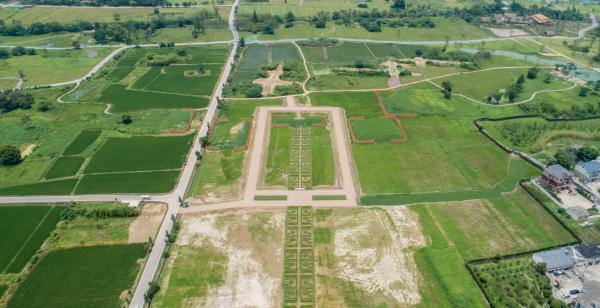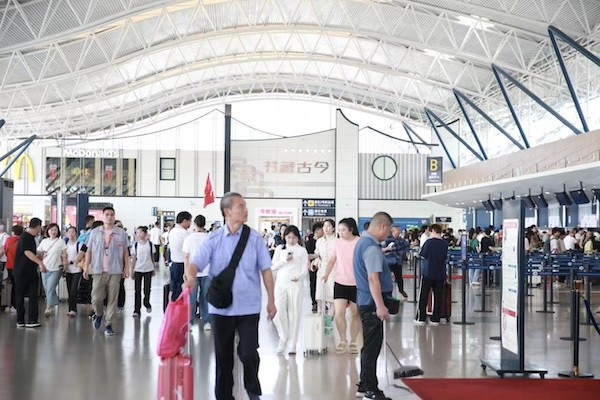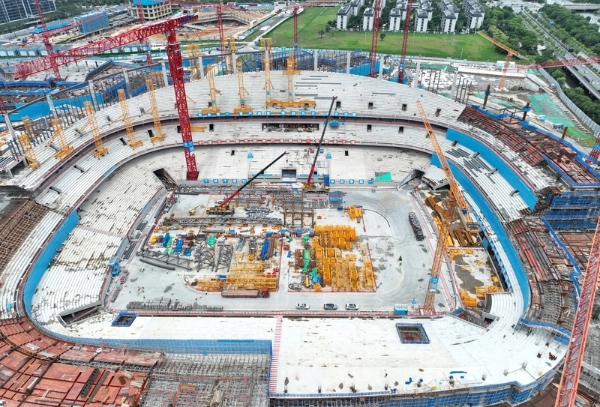"Zhejiang Cultural Imprints" is a series of introductory articles introducing some of the most influential cultural heritages and cultural imprints in Zhejiang province. Today, we will cover the Archaeological Ruins of Liangzhu City, which was put on the United Nations Educational, Scientific, and Cultural Organization's World Heritage List as a cultural site on July 6, 2019.
(Video: Called "the Egyptian civilization equivalent of China", Liangzhu civilization is beyond imagination)
The archaeological ruins of Liangzhu (about 3,300-2,300 BCE), which is located in the Yangtze River Basin on the south-eastern coast of the country, reveal an early regional state with a unified belief system based on rice cultivation in Late Neolithic China.
The property is composed of four areas – the Area of Yaoshan Site, the Area of High-dam at the Mouth of the Valley, the Area of Low-dam on the Plain, and the Area of City Site. These ruins are an outstanding example of early urban civilization expressed in earthen monuments, urban planning, a water conservation system, and a social hierarchy expressed in differentiated burials in cemeteries within the property.

Archaeological Ruins of Liangzhu City
The Liangzhu ruins with Liangzhu City as the core are the center of the Liangzhu civilization. The types of remains are rich and the site structure is complete, revealing the basic characteristics of the origin of the Chinese civilization and providing the most complete and important archaeological evidence for the over 5,000-year-long Chinese civilization. In particular, the Liangzhu City, which was built in the same period as ancient Egypt and Sumerian civilizations, is extremely rare in the world's similar sites in terms of scale and content, and is fair to be called "the first Chinese city".
It is believed that the Archaeological Ruins of Liangzhu City has represented the far underestimated Neolithic Age in China to the world, telling about the civilization over 5,000 years ago and rewriting both the Chinese and global history.
For the full introduction of this archaeological discovery, please refer to the page of the UNESCO.




